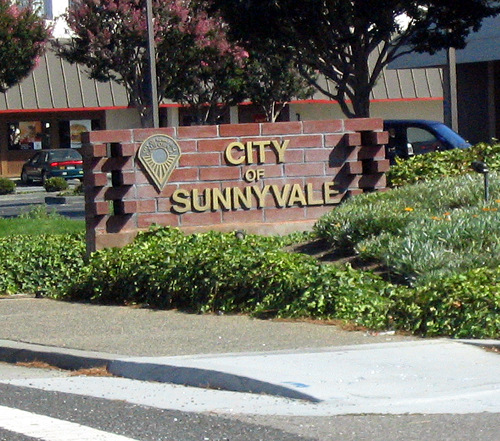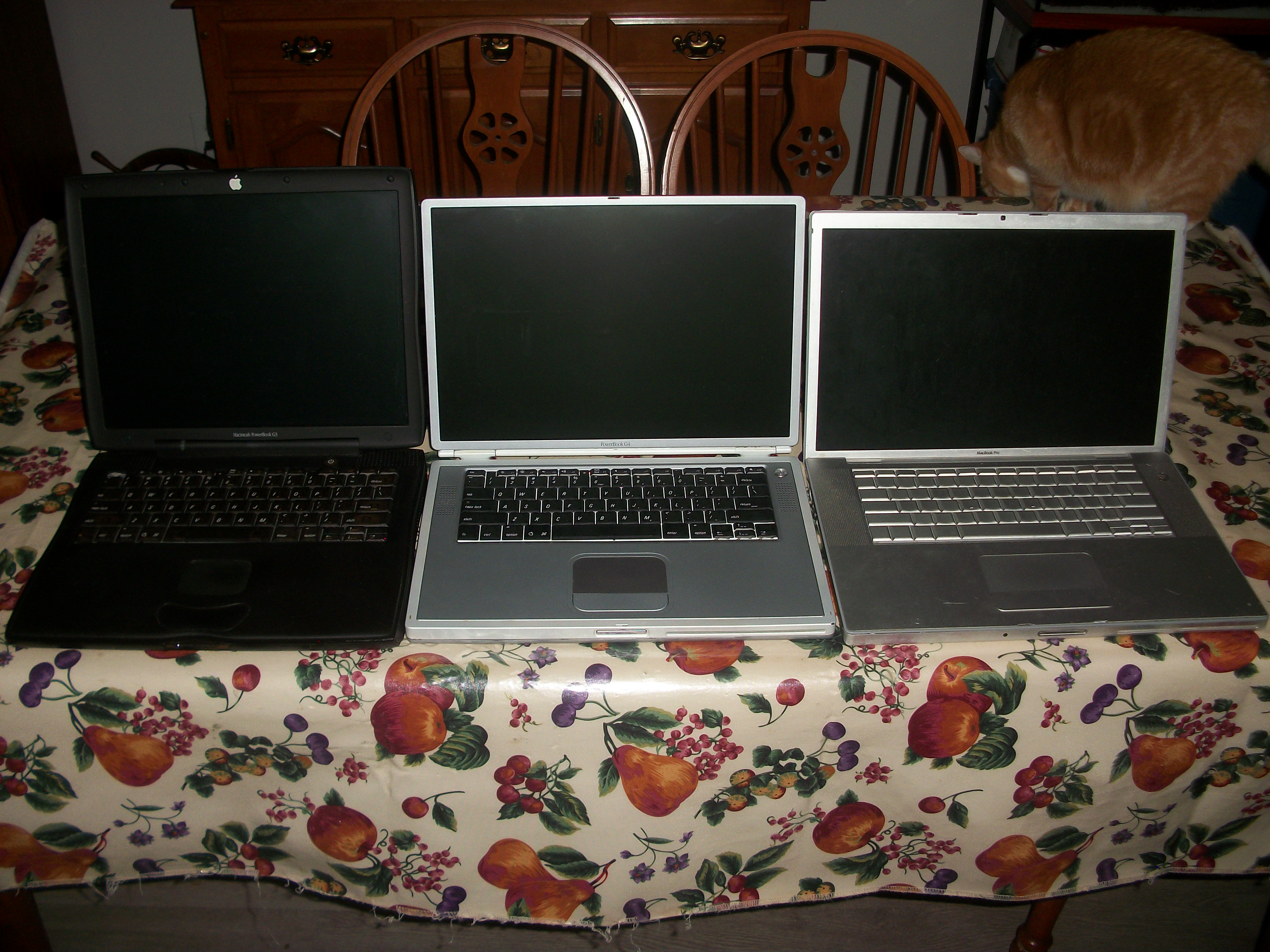|
Asanté Technologies
Asanté Technologies, Inc., was an American computer networking equipment manufacturer active between 1988 and 2005. Founded in Sunnyvale, California, the company was for a time the market leader in networking products for Apple Inc., Apple's line of Mac (computer), Macintosh computers, providing Ethernet hub, hubs, Network switch, switches, Router (computing), routers, and other equipment. The company also dabbled in the IBM PC compatible, PC-compatible and enterprise networking markets. Following a period of declining market share and stagnation between 1998 and 2005, the company was acquired by rival TechnoConcepts in 2005. History Foundation (1988–1991) Asanté Technologies, Inc., was incorporated in 1988 from a small warehouse in Sunnyvale, California. The co-founders, Jeff Lin and Wilson Wong, had immigrated to California from Taiwan and Hong Kong in the 1960s, both graduating with electrical engineering degrees in the early 1970s. The two met in Mountain View, California, ... [...More Info...] [...Related Items...] OR: [Wikipedia] [Google] [Baidu] |
Sunnyvale, California
Sunnyvale () is a city located in the Santa Clara Valley in northwestern Santa Clara County, California, United States. Sunnyvale lies along the historic El Camino Real (California), El Camino Real and U.S. Route 101 in California, Highway 101 and is bordered by portions of San Jose, California, San Jose to the north, Moffett Federal Airfield and NASA Ames Research Center to the northwest, Mountain View, California, Mountain View to the northwest, Los Altos, California, Los Altos to the southwest, Cupertino, California, Cupertino to the south, and Santa Clara, California, Santa Clara to the east. Sunnyvale's population was 155,805 at the 2020 United States census, 2020 census, making it the second most populous city in the county (after San Jose, California, San Jose) and the List of cities and towns in the San Francisco Bay Area, seventh most populous city in the San Francisco Bay Area. As one of the major cities that make up California's High tech, high-tech area known as ... [...More Info...] [...Related Items...] OR: [Wikipedia] [Google] [Baidu] |
Expansion Board
In computing, an expansion card (also called an expansion board, adapter card, peripheral card or accessory card) is a printed circuit board that can be inserted into an electrical connector, or expansion slot (also referred to as a bus slot) on a computer's motherboard (see also backplane) to add functionality to a computer system. Sometimes the design of the computer's case and motherboard involves placing most (or all) of these slots onto a separate, removable card. Typically such cards are referred to as a riser card in part because they project upward from the board and allow expansion cards to be placed above and parallel to the motherboard. Expansion cards allow the capabilities and interfaces of a computer system to be extended or supplemented in a way appropriate to the tasks it will perform. For example, a high-speed multi-channel data acquisition system would be of no use in a personal computer used for bookkeeping, but might be a key part of a system used for i ... [...More Info...] [...Related Items...] OR: [Wikipedia] [Google] [Baidu] |
Network Switch
A network switch (also called switching hub, bridging hub, Ethernet switch, and, by the IEEE, MAC bridge) is networking hardware that connects devices on a computer network by using packet switching to receive and forward data to the destination device. A network switch is a multiport network bridge that uses MAC addresses to forward data at the data link layer (layer 2) of the OSI model. Some switches can also forward data at the network layer (layer 3) by additionally incorporating routing functionality. Such switches are commonly known as layer-3 switches or multilayer switches. Switches for Ethernet are the most common form of network switch. The first MAC Bridge was invented in 1983 by Mark Kempf, an engineer in the Networking Advanced Development group of Digital Equipment Corporation. The first 2 port Bridge product (LANBridge 100) was introduced by that company shortly after. The company subsequently produced multi-port switches for both Ethernet and FDDI such as ... [...More Info...] [...Related Items...] OR: [Wikipedia] [Google] [Baidu] |
SynOptics
SynOptics Communications, Inc., was a Santa Clara, California-based early computer network equipment vendor from 1985 until 1994. SynOptics popularized the concept of the modular Ethernet hub and high-speed Ethernet networking over copper twisted-pair and fiber optic cables. History SynOptics Communications was founded in 1985 by Andrew K. Ludwick and Ronald V. Schmidt, both of whom worked at Xerox's Palo Alto Research Center (PARC). The most significant product that Synoptics produced was LattisNet (originally named AstraNet) in 1987. This meant that unshielded twisted-pair cabling already installed in office buildings could be re-utilized for computer networking instead of special coaxial cables. The star network topology made the network much easier to manage and maintain. Together these two innovations directly led to the ubiquity of Ethernet networks. Before the final standard version of what is known today as the 10BASE-T protocol, there were several different methods ... [...More Info...] [...Related Items...] OR: [Wikipedia] [Google] [Baidu] |
Cisco Systems
Cisco Systems, Inc. (using the trademark Cisco) is an American multinational corporation, multinational digital communications technology conglomerate (company), conglomerate corporation headquartered in San Jose, California. Cisco develops, manufactures, and sells networking hardware, software, telecommunications equipment and other high-technology services and products. Cisco specializes in specific tech markets, such as the Internet of things (IoT), internet domain, domain security, videoconferencing, and energy management with List of Cisco products, products including Webex, OpenDNS, XMPP, Jabber, Duo Security, Silicon One, and Cisco Jasper, Jasper. Cisco Systems was founded in December 1984 by Leonard Bosack and Sandy Lerner, two Stanford University computer scientists who had been instrumental in connecting computers at Stanford. They pioneered the concept of a local area network (LAN) being used to connect distant computers over a multiprotocol router (computing), route ... [...More Info...] [...Related Items...] OR: [Wikipedia] [Google] [Baidu] |
Workstation
A workstation is a special computer designed for technical or computational science, scientific applications. Intended primarily to be used by a single user, they are commonly connected to a local area network and run multi-user operating systems. The term ''workstation'' has been used loosely to refer to everything from a mainframe computer terminal to a Personal computer, PC connected to a Computer network, network, but the most common form refers to the class of hardware offered by several current and defunct companies such as Sun Microsystems, Silicon Graphics, Apollo Computer, Digital Equipment Corporation, DEC, HP Inc., HP, NeXT, and IBM which powered the 3D computer graphics revolution of the late 1990s. Workstations formerly offered higher performance than mainstream personal computers, especially in Central processing unit, CPU, Graphics processing unit, graphics, memory, and multitasking. Workstations are optimized for the Visualization (graphics), visualization and ma ... [...More Info...] [...Related Items...] OR: [Wikipedia] [Google] [Baidu] |
PowerBook
The PowerBook (known as Macintosh PowerBook before 1997) is a family of Macintosh-type laptop computers designed, manufactured and sold by Apple Computer from 1991 to 2006. It was targeted at the professional market; in 1999, the line was supplemented by the home and education-focused iBook family. During its lifetime, the PowerBook went through several major revisions and redesigns, often being the first to incorporate features that would later become standard in competing laptops. The PowerBook was replaced by the MacBook Pro in 2006 as part of the Mac transition to Intel processors. 680x0-based models PowerBook 100 series In October 1991, Apple released the first three PowerBooks: the low-end PowerBook 100, the more powerful PowerBook 140, and the high end PowerBook 170, the only one with an active matrix display. These machines caused a stir in the industry with their compact dark grey cases, built-in trackball, and the innovative positioning of the keyboard tha ... [...More Info...] [...Related Items...] OR: [Wikipedia] [Google] [Baidu] |
SCSI
Small Computer System Interface (SCSI, ) is a set of standards for physically connecting and transferring data between computers and peripheral devices, best known for its use with storage devices such as hard disk drives. SCSI was introduced in the 1980s and has seen widespread use on servers and high-end workstations, with new SCSI standards being published as recently as SAS-4 in 2017. The SCSI standards define commands, protocols, electrical, optical and logical interfaces. The SCSI standard defines command sets for specific peripheral device types; the presence of "unknown" as one of these types means that in theory it can be used as an interface to almost any device, but the standard is highly pragmatic and addressed toward commercial requirements. The initial Parallel SCSI was most commonly used for hard disk drives and tape drives, but it can connect a wide range of other devices, including scanners and optical disc drives, although not all controllers can handle ... [...More Info...] [...Related Items...] OR: [Wikipedia] [Google] [Baidu] |
Initial Public Offering
An initial public offering (IPO) or stock launch is a public offering in which shares of a company are sold to institutional investors and usually also to retail (individual) investors. An IPO is typically underwritten by one or more investment banks, who also arrange for the shares to be listed on one or more stock exchanges. Through this process, colloquially known as ''floating'', or ''going public'', a privately held company is transformed into a public company. Initial public offerings can be used to raise new equity capital for companies, to monetize the investments of private shareholders such as company founders or private equity investors, and to enable easy trading of existing holdings or future capital raising by becoming publicly traded. After the IPO, shares are traded freely in the open market at what is known as the free float. Stock exchanges stipulate a minimum free float both in absolute terms (the total value as determined by the share price multiplied ... [...More Info...] [...Related Items...] OR: [Wikipedia] [Google] [Baidu] |
Digital Equipment Corporation
Digital Equipment Corporation (DEC ), using the trademark Digital, was a major American company in the computer industry from the 1960s to the 1990s. The company was co-founded by Ken Olsen and Harlan Anderson in 1957. Olsen was president until he was forced to resign in 1992, after the company had gone into precipitous decline. The company produced many different product lines over its history. It is best known for the work in the minicomputer market starting in the early 1960s. The company produced a series of machines known as the Programmed Data Processor, PDP line, with the PDP-8 and PDP-11 being among the most successful minis in history. Their success was only surpassed by another DEC product, the late-1970s VAX "supermini" systems that were designed to replace the PDP-11. Although a number of competitors had successfully competed with Digital through the 1970s, the VAX cemented the company's place as a leading vendor in the computer space. As microcomputers improved in t ... [...More Info...] [...Related Items...] OR: [Wikipedia] [Google] [Baidu] |
Asante Micro EN SC (2) Edit
Asante may refer to: *Asante people, an ethnic group in Ghana *Asante Empire *Asante (name) *Asante dialect, a dialect of the Akan languages * Asante Kotoko S.C., a Ghanaian professional association football club *Asante (album), 1974 jazz album by McCoy Tyner * Asanté Technologies, a defunct networking equipment vendor See also *Anglican Diocese of Asante Mampong *''R v Asante-Mensah'', a leading Supreme Court of Canada decision *Ashanti (other) Ashanti may refer to: * Ashanti people, an ethnic group in West Africa ** Ashanti Empire, a pre-colonial West African state in what is now southern Ghana ** Ashanti dialect or Asante, a literary dialect of the Akan language of southern Ghana ** A ... {{Disambiguation Language and nationality disambiguation pages ... [...More Info...] [...Related Items...] OR: [Wikipedia] [Google] [Baidu] |
Network Management
Network management is the process of administering and managing computer networks. Services provided by this discipline include fault analysis, performance management, provisioning of networks and maintaining quality of service. Network management software is used by network administrators to help perform these functions. Technologies A small number of accessory methods exist to support network and network device management. Network management allows IT professionals to monitor network components within large network area. Access methods include the SNMP, command-line interface (CLI), custom XML, CMIP, Windows Management Instrumentation (WMI), Transaction Language 1 (TL1), CORBA, NETCONF, RESTCONF and the Java Management Extensions (JMX). Schemas include the Structure of Management Information (SMI), YANG, WBEM, the Common Information Model ( CIM Schema), and MTOSI amongst others. Value Effective network management can provide positive strategic impacts. For ex ... [...More Info...] [...Related Items...] OR: [Wikipedia] [Google] [Baidu] |






